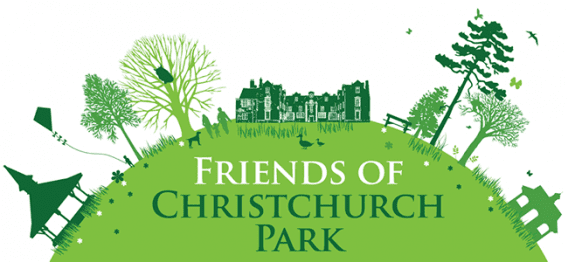Although the Mandarin (aix galericulata) is as gaudy as a box of paints, in my opinion it does not compare to the shelduck (tadorna tadorna). The shelduck is a large duck the size of a small goose, country friends of mine referring to it as ‘bar goose’. Its plumage is basically white. It has a bottle green head and neck, black wing feathers and chestnut and green speculum, an orange band on its breast and under-tail coverts, pink feet and red bill. A splendid bird. It has been recorded in our Park, small flocks having been seen on the northern grassy areas, but really it is a resident bird of our local tidal rivers. As a youngster, on the shores of the River Orwell at Nacton, I would see this duck at all times of the year. I loved the shelduck as it was always there though birders seem to choose to ignore it. Later, when I was supposed to be studying for my ‘O’ level examinations, I would take my books with me to Nacton shores (Shakespeare, W H Hudson, Tennyson and Hardy) but leave them unopened. The nesting shelduck were far more interesting.
During early spring the shelduck would be in pairs, each pair resident in the area where the eggs were to be laid. The male shelduck is slightly larger than the female (which lacks the knob on its bill) and aggressively defends its territory from other ducks. When the tide recedes, the shelduck feed on the mud searching for molluscs, small fish and worms. Many of the trees, which are close to shoreline, have had the soil washed away from their roots. “My” shelduck used to nest amongst these twisted roots but some pairs choose a site, usually a rabbit burrow or even a hole in a tree far from the river’s edge. The female will lay a dozen or so large, white eggs in a nest of grass and roots lined with down plucked from her breast. Naturalist and bird mimic, the late Percy Edwards who famously haled from Ipswich, once saw a pair of shelduck at Nacton with 27 ducklings, probably two females having laid in the same nest. As incubation continues, so the nest site becomes more obvious as the down gets scattered far and wide.
It gives me pleasure to see the newly hatched ducklings bobbing up and down on a high tide but, when danger threatens, these youngsters have the ability to dive below the surface. It is then that the parents become very aggressive towards the intruder. Why some shelduck nest so far inland is a mystery to me because, when the young hatch, they have to get to water. I have seen long lines of ducklings gradually making their way down to the river, with Dad at the front and Mum bringing up the rear. With the large gulls becoming more common, this journey to relative safety must be a nightmare.
One of the strangest and traditional facts about shelduck is that they do not go through their moult (a period of about 4 weeks when they are flightless) on our rivers. The vast majority of adult birds gather together on the tidal estuaries of Heligoland Bight off the north German coast. The shelduck ducklings of course have to remain on our local rivers whilst this is taking place. They gather together into crèches with just a few ‘foster-parents’ to protect them. During my boyhood, I saw all of this happening year after year. No wonder the shelduck is my favourite duck. By the way, I still passed my ‘O’ level English.
Locally, shelduck are found almost anywhere on the Orwell. They are now paired up and egg-laying will soon begin. It is worth giving these super ducks a second glance.
